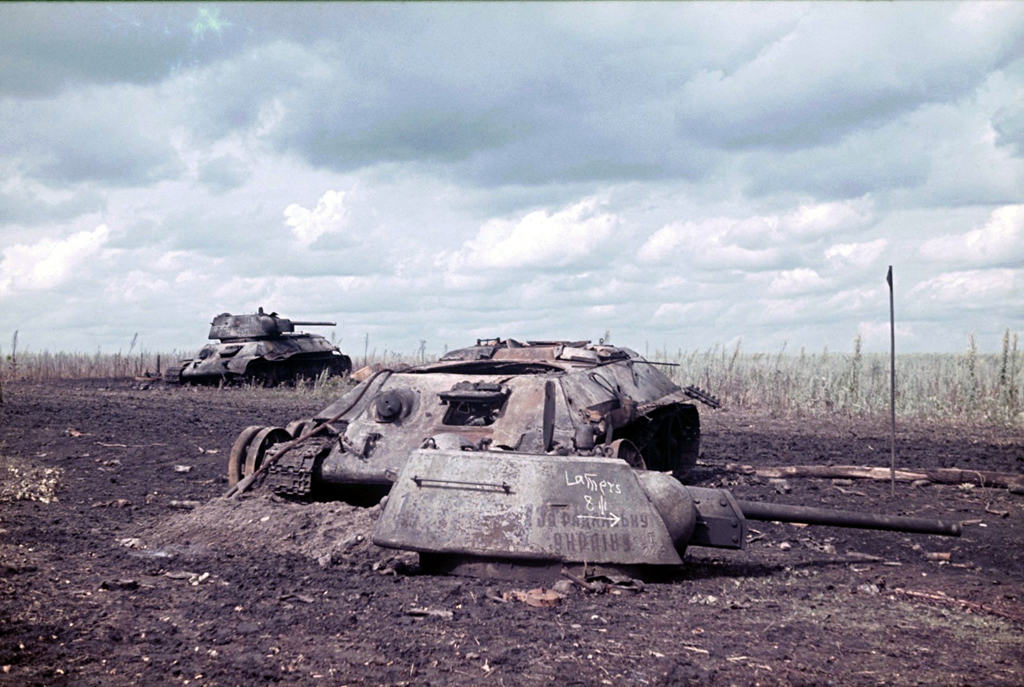T-34 Engine Service Life of 300 km
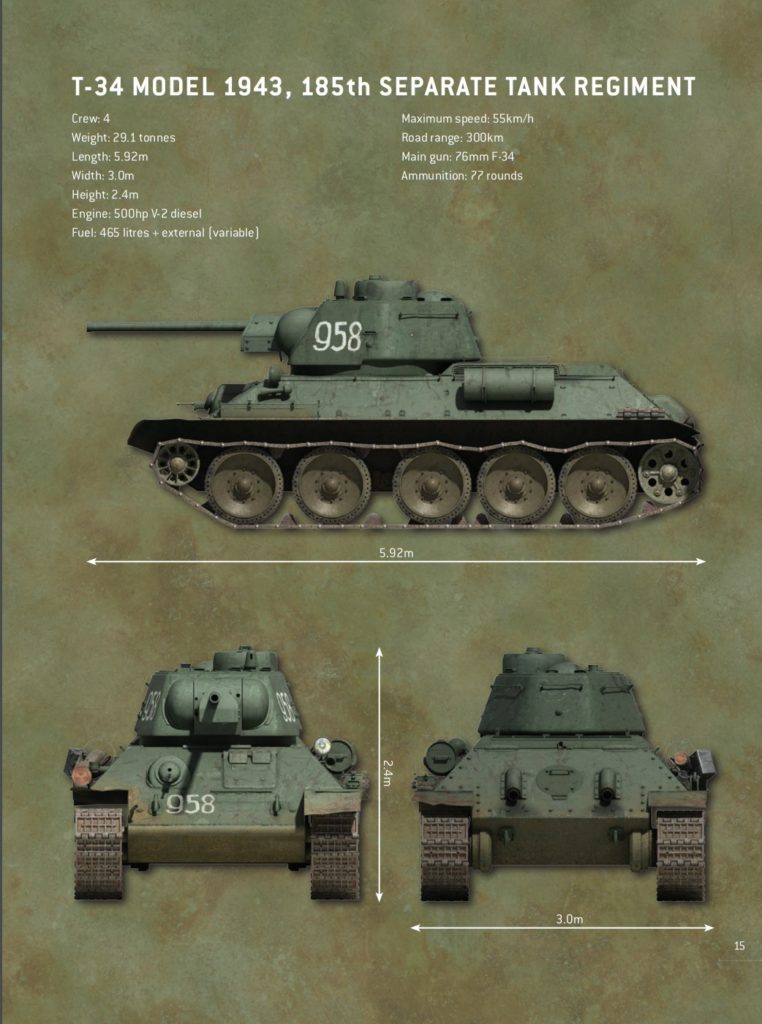
Reliability is a misunderstood term, a hornet’s nest of controversy, parroted by almost every modeller. But, what does reliability mean and how is it defined? What is the measurement criteria?
For example, say a unit full-strength is 20 tanks and can draw from a motor pool of 60 operational tanks in reserve with a large well-stocked inventory of spare parts to pull from for repairs to make sure the engagement is started with a full complement, as in the case of the Sherman Tank.
Does it mean that particular tank is the most reliable tank on the battlefield because most days the unit can go forward at full unit strength regardless of losses and mechanical breakdown the previous day?
Considering the American’s lost approximately 10,000 AFVs from D-Day to May 1945, that means 10,000 vehicles in theory never required repair. If service per mile is a calculator, a measurement of reliability, vehicles were destroyed well before their MTF (meantime failure).
American replacement vehicles would be low milage with minimum wear and tear, thus more reliable given limited service life.
Conversely, the opposition has only 11 serviceable tanks out of full strength of 18, a shortage of spare parts with no replacement tanks in inventory to start the assault.
Does that mean the opposition’s tanks are less reliable?
Here is a case in point. Would you believe the Red Army T-34 Diesel Engine had a service life of less than 300 km in duration or about 25 hours of run time? Did you know many carried a spare transmission on the back deck?
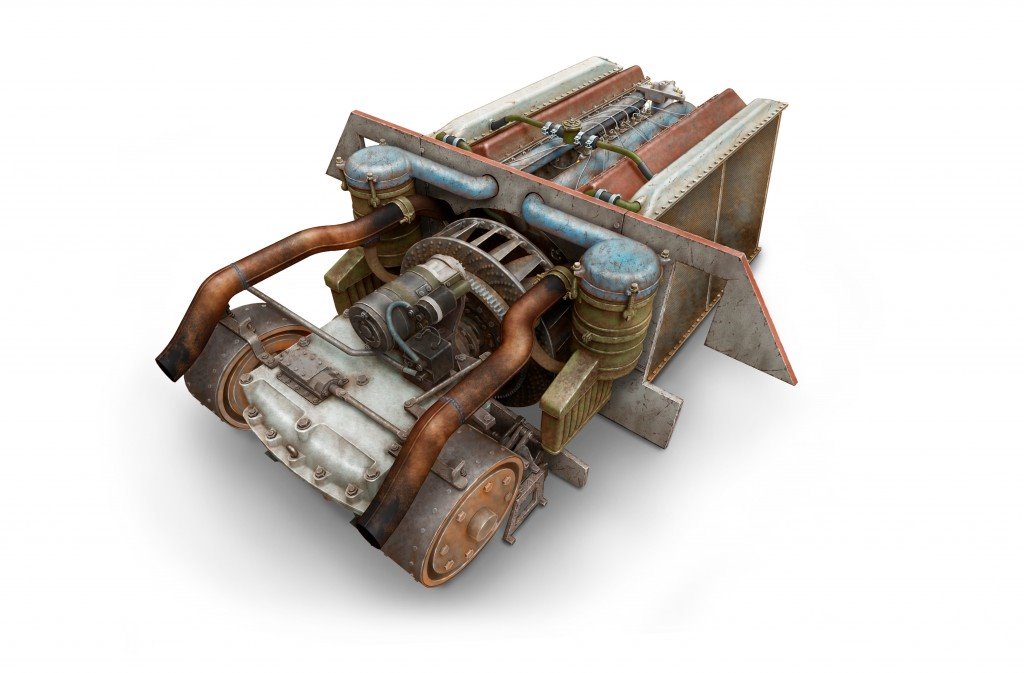
According to Soviet archives, on average, from April 1943 to February 1944 only 49% of all T-34 tanks reached 300 km during factory trials without breaking down.
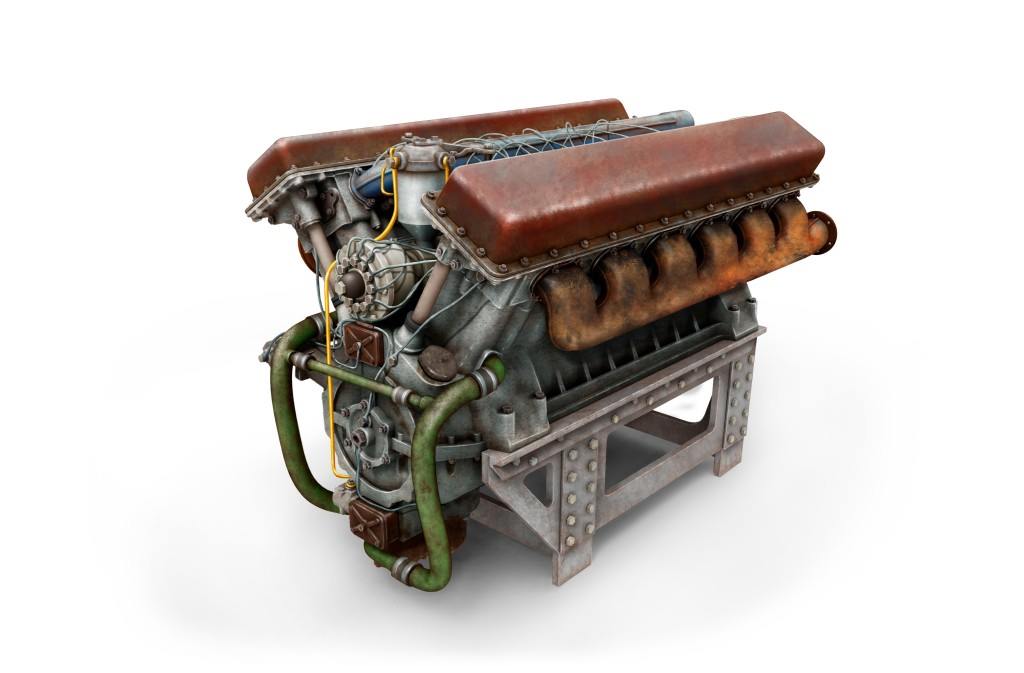
In April of 1943, 10.1% lasted 300 km. In June 1943 only 7.7% of T-34 tanks tested reached 300 km. Averages increased from Oct 1943 to 78% making 300 km, to a high of 83.6% in December 1943.

During 1943 of 15,840 tanks manufactured, 14,700 were losses. In most cases, the paint would not have had time to cure properly before being destroyed.
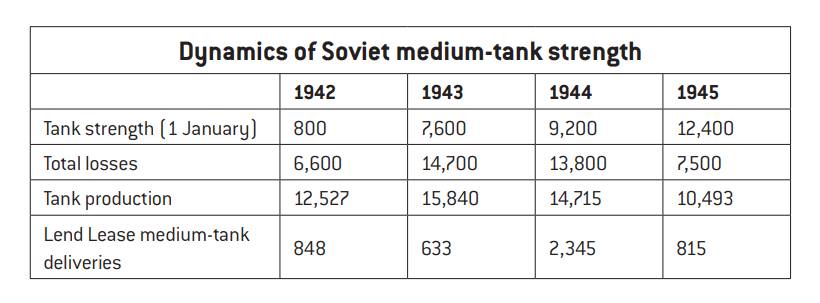
Between 1943 and 1944, 30,555 medium-tanks (T-34) were produced to replace 28,500 tank losses.

Soviet tanks were being destroyed almost as fast as they could be produced. Of the 10,493 produced in 1945, 7,500 were lost at a rate of about 1,500 a month.

If a T-34 had a service life of about 300 km or 25 hours and was lost in battle, it had to be a reliable tank. It was destroyed before repairs were required.
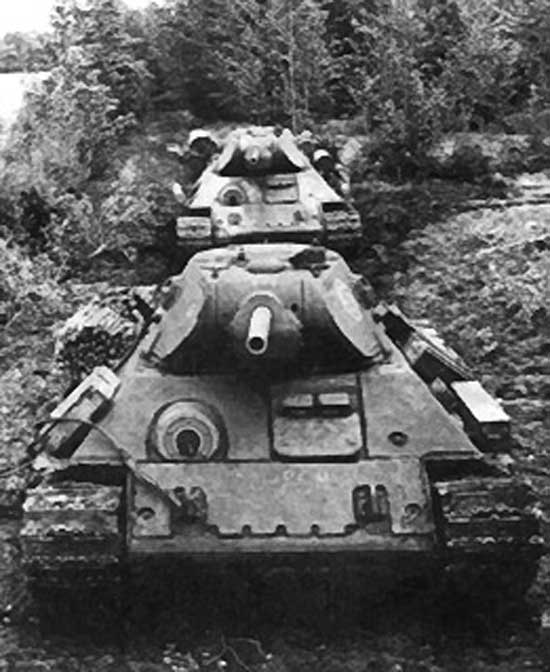

In one engagement with Panthers, over 100 Soviet tanks were destroyed in an afternoon of fighting. The next day, the Soviets drawing from production pool of literally 1000’s were back up to unit full strength for the next engagement.
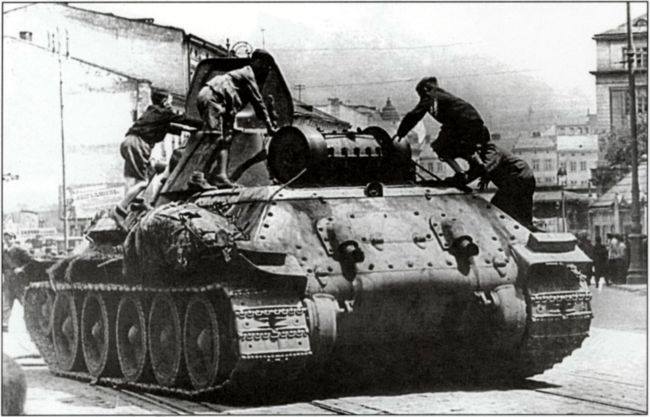
Applying the same argument used for the Sherman Tank reliability, the T-34 was equally reliable due to field strength compared to the German dwindling supply of operational tanks and shortage of replacements and spare parts.
Since the Germans couldn’t field full operational tank units, using the same faulty logic, their tanks were less reliable.
During the battle for Caan, France, out of the British 377 tanks of two heavy tank battalions, 314* was lost. Since whatever tanks were lost, presumably Churchill heavy tanks, never needing spare parts or repairs, statistically the 314 lost British tanks were reliable.
It would seem reliability is defined by the victor.
Source: T-34 vs STUG III, Finland 1944 by Steven J. Zaloga.
*War History Online, May 15, 2017.
US~10,000 tanks/SPGs/tank destroyers lost.
From June 6, 1944 through May 15, 1945 for US tank and tank destroyer losses in the European Theater of Operations, United States Army (Western Front): around 7,000 (including 4,295–4,399 M4 tanks, 178 M4 (105mm howitzer), 1,507 M3 Stuart tanks and 909–919 tank destroyers, of which 540 M10 tank destroyers, 217 M18 Hellcat and 152 M36 tank destroyers).[8][9] Losses of 5th Army (Sicily, Italy): 3,377 armored vehicles, including 1,171 M4s.[10][11][12] Several hundred tanks lost in the Pacific Theater.
UK15,844 tanks and 1,957 armoured cars lost.[6]
On the Western Front in 1944–1945, 4,477 British Commonwealth tanks were destroyed, including 2,712 M4 Sherman tanks, 656 Churchill tanks, 609 Cromwell tanks, 433 M3 Stuart light tanks, 39 Cruiser Mk VIII Challenger tanks, 26 Comet tanks, 2 M24 Chaffeelight tanks.[7]
Soviet UnionAccording to Grigori F. Krivosheev: “All losses of arms and equipment are counted as irrecoverable losses, i.e. beyond economic repair or no longer serviceable”[15]
- 83,500 tanks lost: 5,200 heavy tanks, 44,900 medium tanks, 33,400 light tanks (including 11,900 Lend-Lease tanks and self-propelled guns lost[16])
- 13,000 SPGs lost: 2,300 heavy SPGs, 2,100 medium SPGs, 8,600 light SPGs
- 37,600 Armoured car and half-track (including 5,000 Lend-Lease armoured personnel carriers lost[16])
| Received | Total stock | Losses | % of Total stock loss | |
|---|---|---|---|---|
| Tanks | 86,100 | 108,700 | 83,500 | 76.8 |
| Heavy | 10,000 | 10,500 | 5,200 | 49.5 |
| Medium | 55,000 | 55,900 | 44,900 | 80.3 |
| Light | 21,100 | 42,300 | 33,400 | 79.1 |
| SP Guns | 23,100 | 23,100 | 13,000 | 56.3 |
| Heavy | 5,000 | 5,000 | 2,300 | 46.0 |
| Medium | 4,000 | 4,000 | 2.100 | 52.5 |
| Light | 14,000 | 14,000 | 8,600 | 61.4 |
| Tanks and SP Guns | 109,100 | 131,700 | 96,500 | 73.3 |
| Armored cars, tractors, other armoured vehicles | 59,100 | 72,200 | 37,600 | 52.1 |

